Book Hook: The Real Thing
Book Hook: The Real Thing
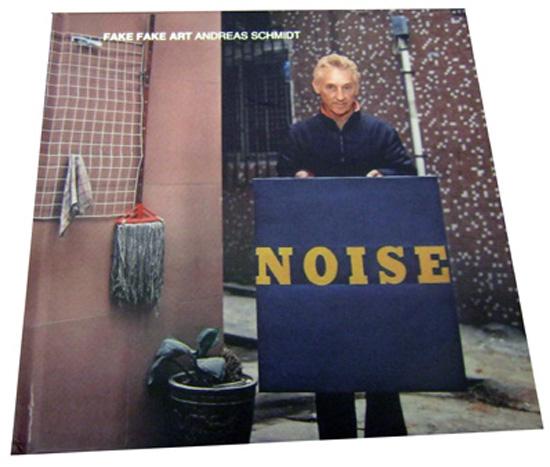
Book Hook: The Real Thing
One thing that I find especially appealing about books is that since they are produced in editions, it is possible and affordable to obtain and hold in one’s hand the original object. Why is it so important to be able to verify authenticity? This selection of books deals with the issue of originality and the aesthetic of authenticity.
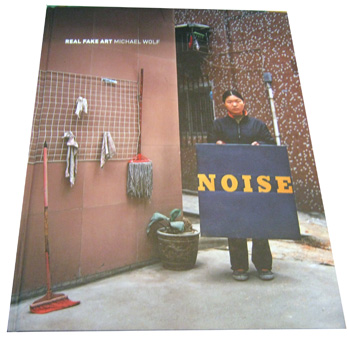
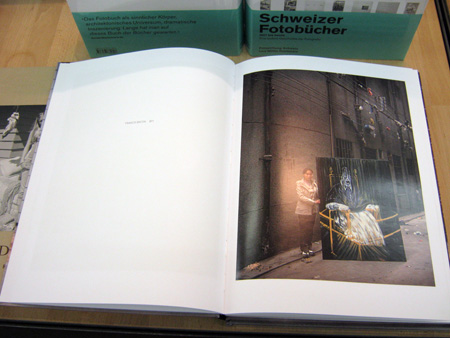
It comes as no surprise that there is a large market in the US and Europe for hand-painted copies of famous paintings and that these paintings are being produced by former art school students in China. In his book, Real Fake Art, Michael Wolf photographs the copy artists with their reproductions (ranging from Rembrandt to Ruscha) outside on the streets. It is not only strange to see these familiar works in an environment so far removed from their original contexts but to also wonder where they are headed. Will they hang in the living room of a middle class suburban home or will someone try to pass them off as the originals? (Available at 25books)
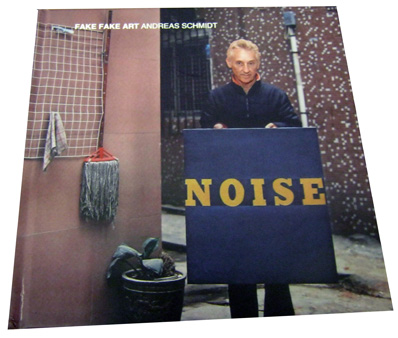
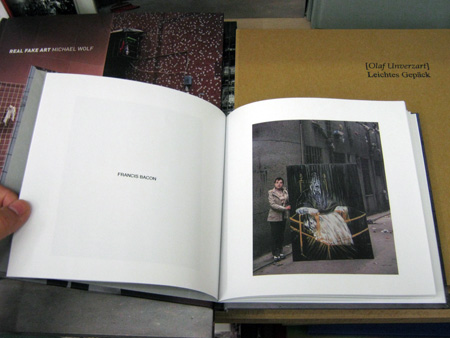
Adding another layer to the complexity of the issues surrounding the reproduction of art works is the book Fake Fake Art by Andreas Schmidt. This edited and altered version of Real Fake Art contains images from Wolf’s book with the faces of the original artists superimposed on the Chinese copy-artists’ faces. These exquisite corpses create new realities in which Ed Ruscha has tiny, delicate hands and Francis Bacon has a womanly figure. It is highly amusing, but also clever and insightful. Schmidt also outsourced his work and paid a photo-retouching agency in China to execute his project. (Available at 25books)
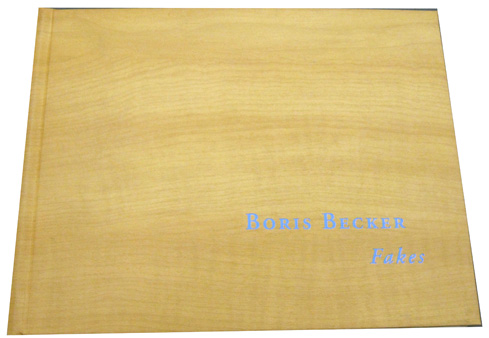
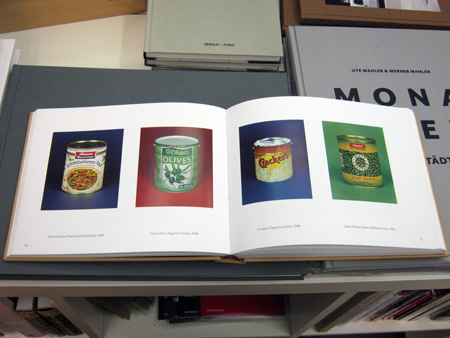
The images in Fakes by Boris Becker appear to be of photographs ordinary household objects, but in fact these objects all have something to hide. These objects are from the evidence vault of the Customs Criminological Office in Cologne, most have been confiscated on their exposure as a means for smuggling illegal commodities. In fact, the can of cut up beans is filled with hash, the cans of green olives and crackers contain cigarettes, and there is even a tampon stuffed with cocaine. Probably what is more interesting than the creative means by which people try to smuggle goods is the fact that the illegal goods are not photographed in the picture, creating a mysterious narrative around these everyday objects. (Available at 25books)
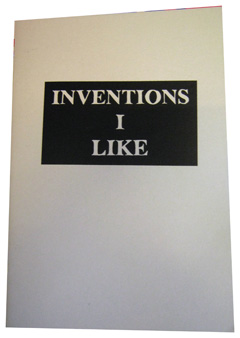
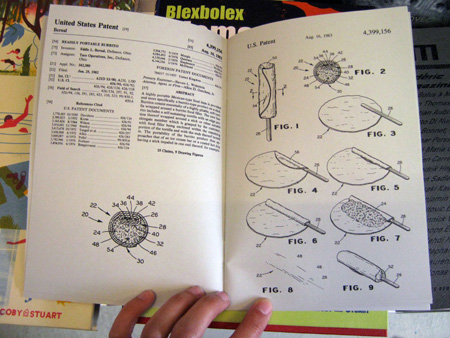
The book Inventions I Like by Claudio Pogo is a collection of U.S. Patents from the 1970s to the present. Not only are the inventions themselves (and the drawings of them) entertaining, but it also points out how people go to great lengths to claim ideas as their own in order to prevent someone from copying them and capitalizing on their intellectual property. The invention that I like the most among Pogo’s selection is the burrito on a stick for more portable eating, as if a burrito was not portable enough on its own. Also, there is a six part drawing of someone’s attempt to patent a comb-over hairstyle that is priceless. (Available at Bongout)
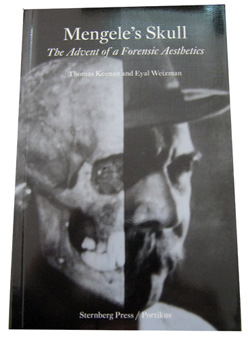
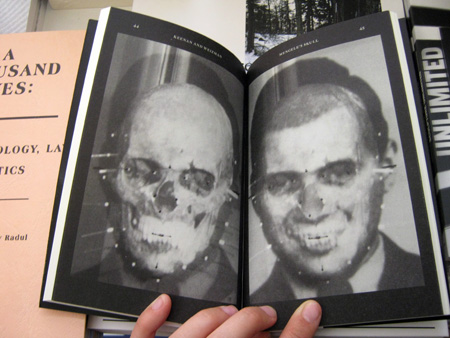
Proving that something is the original and not a fake is critical in the courtroom. When the alleged corpse of the at-large Nazi war criminal Joseph Mengele was found, it was important to be able to correctly identify the body as his. Mengele’s Skull: The Advent of a Forensic Aesthetics by Thomas Keenan and Eyal Weizman explores this particular case in which, for the first time, forensics proved to have political, ethical, and aesthetic manifestations. If you are especially interested in this topic, I recommend Cabinet, issue 43: Forensics, which includes an excerpt from this book along with additional essays on the subject. (Available at ProQM)